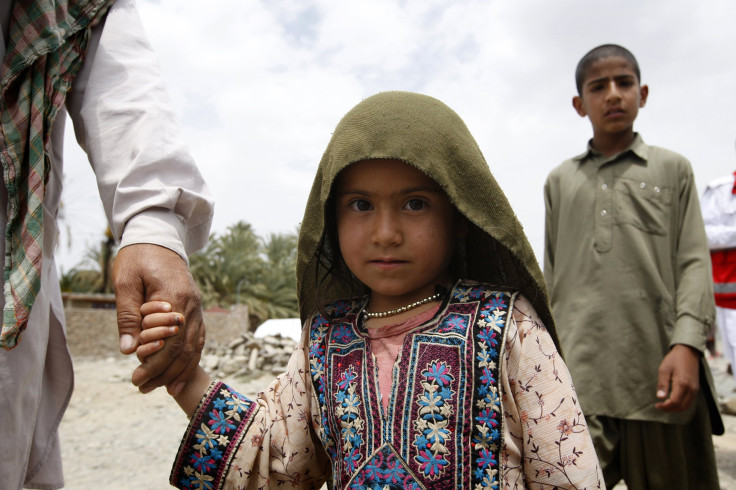In Iran, Female Genital Mutilation Embraced By Sunni Muslims As Shiite Government Looks The Other Way

Female genital mutilation is increasingly being carried out in Iran as government leaders have largely turned a blind eye toward the practice, according to a study released Thursday. The research by British-Iranian social anthropologist Kameel Ahmady found female genital mutilation was more prevalent in the southern Hormozgan province than in any other region of Iran.
The practice is largely embraced by the Shafi’i sect of Sunni Muslim Iranians, reported The Guardian. It is also enforced in Kurdistan, Kermanshah and West Azerbaijan provinces, near the Iraq border in western Iran. The Shiite government has largely ignored the practice to avoid trouble with the country’s Sunni minority, the report found.
“FGM is practiced in Iran in some cases to tame girls’ sex drive before marriage; it is made to preserve their chastity,” said Ahmady. “The attitude of officials and authorities is that FGM doesn’t exist in Iran. The Iranian public is also largely ignorant about the subject.”
Ahmady interviewed 3,000 Iranian women and 1,000 men over a decade about female genital mutilation. “I returned to Iran in 2005 to study FGM in my home country and instantly I was shocked to discover that it even happened to the closest members of my own family and relatives,” he said. “In fact, many in Iran don’t have a clue that [FGM] is being practiced in some parts of the country.”
Female genital mutilation is usually performed on girls before they reach puberty. It can include partial or total removal of external parts of female genitalia and is usually performed by a community member who is not a medical professional. Amateur tools are used, including razors. In Iran, the practice is known as 'Khatne' or 'Sonat.'
“It’s one of those instances where the violence against women is carried out by women in unhygienic circumstances,” Mehrangiz Kar, an Iranian human rights lawyer, told The Guardian. “In areas where FGM exists, unfortunately it’s usually the mothers who insist that their daughters should be cut.”
There are no health benefits associated with the procedure, which can cause severe bleeding, infections and infertility, the World Health Organization has said. More than 125 million girls and women alive today have been mutilated. Most cases occurred in roughly 29 countries in Africa and Middle East where the practice is most popular.
"FGM is recognized internationally as a violation of the human rights of girls and women. It reflects deep-rooted inequality between the sexes and constitutes an extreme form of discrimination against women. It is nearly always carried out on minors and is a violation of the rights of children," WHO has said.
© Copyright IBTimes 2024. All rights reserved.





















